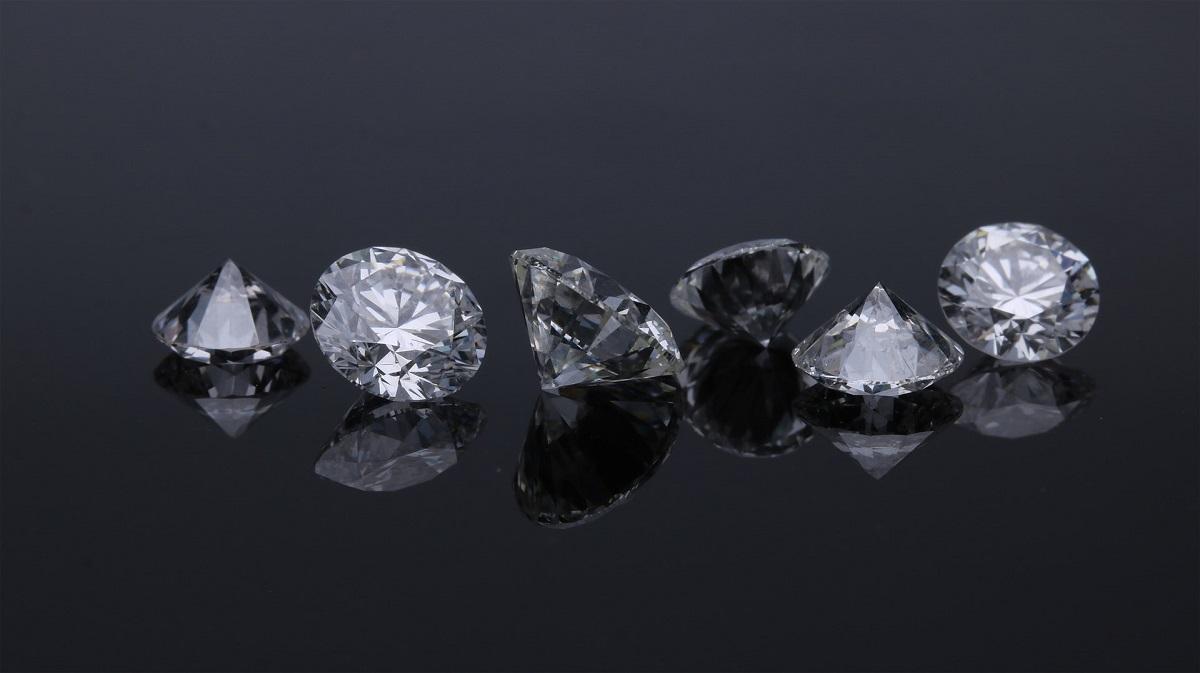There are so many concerns about the ingenuity of synthetic diamonds that people ask. Well, the truth is laboratory diamonds hold the same sparkle, aesthetic, and clarity as natural jewels. Moreover, their physical and chemical nature is identical to the earth-grown diamonds. The only difference occurs at their origin.
In today’s market, people love wearing and buying man-made gemstones. They bring the same real charm at a low cost. And the fantastic views about lab-grown diamonds might intrigue you to know how they are made.
In this write-up, we are uncovering all the techniques behind this elegant diamond manufacturing.
Ingenious Lab-grown Diamonds Technologies
An environment is replicated inside the machines in the laboratory, just like the earth, to synthesize lab-grown diamonds in days and weeks. However, after performing a lot of experiments, the following techniques came in handy.
- High temperature-High pressure (HTHP) method
- Chemical vapor deposition (CVD) method
- Detonation method
HTP Technology
In one of the capital-intensive processes, we embed the tiny diamond seed into carbon (graphite) and place it in the HTHP machine capsule and molten metals as a catalyst. In the chamber, we mimic the extreme conditions (as earth) of pressure 1.5 million PSI and temperature 1500 to 2000 degrees Celsius.
The carbon started melting and forming the new diamonds around the seed, which afterward cool down and obtain Type I diamonds.
The crystal shape we get from the HTHP method exhibits octahedral and cubic faces due to the environment we set up for it.
However, there are three press tools used in this technique:
Belt press: It’s the oldest press design. And due to its large size and two huge anvils, it can create many gemstones in a single cycle by producing high pressure.
Cubic press: We use a cubic tool for industrial diamond powders because it involves six giant anvils for generating high pressure for diamonds.
Split-sphere (BARS) press: The advanced machine has both inner and outer anvils for hydraulic pressure. We use it to get high-quality gems.
Drawback: we cannot synthesize purely colorless jewels using HTHP technology.
CVD Diamond Technology
CVD is one of the most popular methodologies to grow the purest Type IIA diamonds. The whole process is under control and no impurities such as nitrogen or boron can enter into the diamond.
So, firstly, we cut and polished (2800 RPM) a thin layer of natural diamond (100% carbon) to the needed thickness. Then, we let it sit in the chamber filled with gases (methane carbon-rich) under 1500 degrees Fahrenheit temperature. We require less extreme conditions than HTHP in this case.
The gas transforms into plasma and pure droplets of carbon deposit on the seed, which turns to exquisite diamonds when cooled. The gems after formation undergo laser precision cutting and finishing phase.
The crystal shape of the CVD diamond is cube-faced. However, large and colorless gemstones are only manufactured by this technology.
Detonation Technology
Nanodiamond technique and not admired due to some defects in it. The amount of product we get from it is only 10% of the above processes.
However, we use graphite submerged in organic liquid and explode the mixture of TNT/RDX detonated in the closed chamber. After getting the gemstones out of the suite, we do the autoclave boiling to boil all the chamber metals’ containment.
The diamonds we get have a diameter of 5nm with a cubic lattice.
Lab-Grown Diamonds Grading
The grading method of the rough lab diamonds is the same as the mined diamonds. In each certified lab of gemology, the 4Cs formula is applied for it. 4cs refers to cut, clarity, carat, and color.
- Cut implies the shaping, styling, cutting, and finishing of diamond to make it a breathtaking reflection piece.
- Clarity implies the inclusions and blemishes. The ideal clarity grade is VS2 or higher is preferred over 2 carats.
- Carat implies all 4Cs garner the weight of the diamond and its value.
- Color implies the best color for a diamond which is the ‘D’ color.
The Best Method for Type IIA Diamonds
Of course, for these rarest Type IIA diamonds, the Chemical Vapor Deposition is the best. When we talk about the mined diamonds, 97% of the time, we will get Type I diamonds, so that’s why they are superior, hard, and reflect the brightest shine.
Lab-Grown Diamond Certifications
There are diamond certified labs in the world including,
- American Gem Society
- Gemological Institute Of America
- Gemological Science International
- International Gemological Institute
- Antwerp World Diamond Center
The Type IIA diamond is certified by the International Gemological Institute. So, whenever you purchase, make sure to check its IGI certification.
Botom line: Which Diamond is Perfect to Buy?
So, you might be wondering which technology suits you or which has been applied for your gemstones. But my friend, you don’t need to be bothered about this aspect.
Both lab-created diamond techniques are unique in their way. The diamonds we obtain are chemically, physically, and optically provide the real diamond value.
In essence, you can use any for your pretty aesthetic jewelry.






